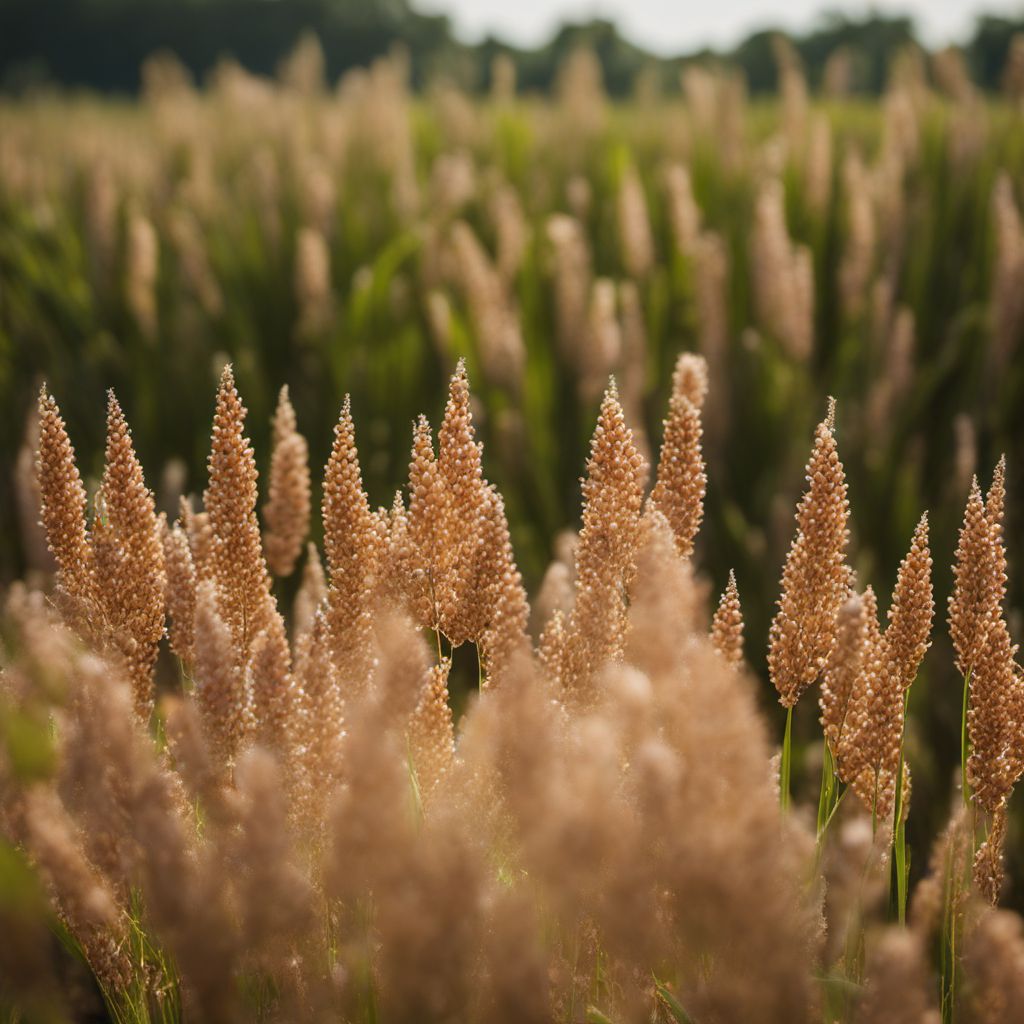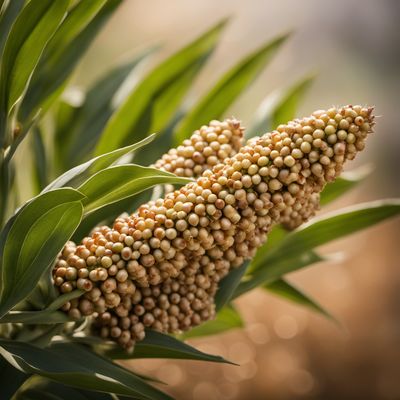
Ingredient
Sudan grass grain
The Nutrient-Rich Superfood: Sudan Grass Grain
Sudan grass grain, also known as sorghum, is a small, round grain that comes from the Sudan grass plant. It has a mild, nutty flavor with a slightly chewy texture. The grain is typically beige or pale yellow in color and is available in both whole and processed forms. It is a gluten-free grain and is often used as a staple food in many cultures around the world. Sudan grass grain is rich in fiber, protein, and essential minerals, making it a nutritious addition to any diet. Its versatility allows it to be used in a variety of dishes, from soups and stews to salads and baked goods.
Origins and history
Sudan grass grain originated in Africa and has been cultivated for thousands of years. It has played a significant role in African and Asian cuisines, where it has been a staple food source. Over time, it spread to other parts of the world, including the Americas, where it became an important crop. Sudan grass grain has a rich historical background, being used not only as a food source but also for its medicinal properties and in the production of alcoholic beverages.
Nutritional information
Sudan grass grain is a nutritional powerhouse, packed with fiber, protein, iron, magnesium, and B vitamins. It is also low in fat and contains antioxidants that help protect against oxidative stress.
Allergens
Sudan grass grain is gluten-free, making it a suitable choice for individuals with gluten sensitivities or celiac disease. However, some people may have an allergy to sorghum, so caution should be exercised.
How to select
When selecting Sudan grass grain, look for grains that are plump, dry, and free from any signs of moisture or mold. Avoid grains that appear discolored or have a musty smell. Opt for whole grains whenever possible, as they retain more nutrients than processed grains.
Storage recommendations
To maintain the freshness and quality of Sudan grass grain, store it in an airtight container in a cool, dry place. It can be kept at room temperature for several months, but for longer shelf life, refrigeration or freezing is recommended.
How to produce
Sudan grass grain can be grown by amateur gardeners in regions with warm climates. It requires well-drained soil and regular watering. Sow the seeds in spring, and they will mature in about 3-4 months. Harvest the grain when the seed heads turn brown and dry. Thresh the grain to separate it from the stalks, and store it in a cool, dry place.
Preparation tips
Before cooking Sudan grass grain, rinse it thoroughly to remove any debris. To enhance its flavor, toast the grains in a dry skillet for a few minutes before cooking. Sudan grass grain can be cooked like rice or quinoa, using a 2:1 ratio of water to grain. It can also be ground into flour for baking or used as a thickening agent in soups and sauces. Experiment with different spices and herbs to add depth to your dishes.
Culinary uses
Sudan grass grain is a versatile ingredient that can be used in a variety of culinary applications. It can be cooked and used as a base for pilafs, salads, or grain bowls. It can also be ground into flour and used in baking recipes, such as bread, muffins, and cookies. Additionally, Sudan grass grain can be popped like popcorn or used to make porridge or fermented beverages.
Availability
Sudan grass grain is commonly available in regions with warm climates, including Africa, Asia, and parts of the Americas. It is also cultivated in other regions for its nutritional value and versatility.



